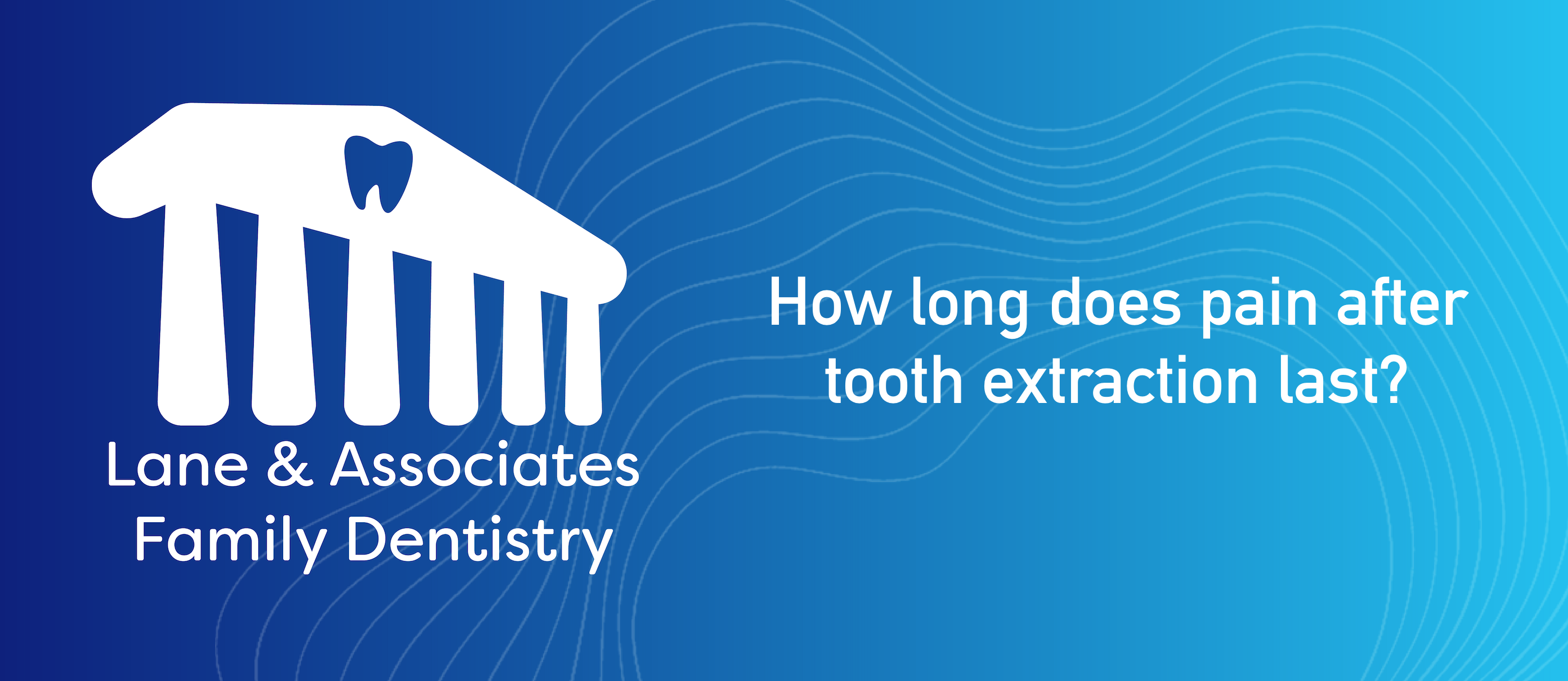If you’ve recently undergone a tooth extraction, you may be experiencing some discomfort or pain. It’s common to wonder how long this pain will last, when it should stop hurting, and how to relieve it. Additionally, knowing how to recognize signs of proper healing is essential for a smooth recovery. Let’s explore these questions to help you navigate the post-extraction process with ease.
Understanding Pain After Tooth Extraction

Pain after a tooth extraction typically peaks within the first 24 to 48 hours and gradually subsides over the following days. Most people experience some level of discomfort for about three to seven days after the procedure. However, the duration and intensity of pain can vary depending on factors such as the complexity of the extraction, individual pain tolerance, and adherence to post-operative care instructions.
When Should Tooth Extraction Stop Hurting?
In most cases, the pain from a tooth extraction should significantly diminish within the first week after the procedure. By the end of the first week, you should notice a marked improvement in your comfort level, with only mild discomfort or occasional twinges remaining. If pain persists beyond the first week or becomes increasingly severe, it’s important to contact your dentist or oral surgeon for further evaluation.
Should I Still Have Pain 5 Days After Tooth Extraction?
While it’s common to experience some residual pain or discomfort five days after a tooth extraction, it should be relatively mild compared to the initial days following the procedure. If you’re still experiencing significant pain five days post-extraction, it may indicate complications such as infection, dry socket, or inadequate healing. Contact your dental provider promptly to address any concerns and ensure proper treatment.
How Do You Relieve Pain After Tooth Extraction?

There are several strategies you can use to alleviate pain and discomfort after a tooth extraction:
- Take Pain Medication: Over-the-counter pain relievers such as ibuprofen (Advil, Motrin) or acetaminophen (Tylenol) can help manage pain and reduce inflammation. Follow the dosage instructions provided on the medication packaging or as directed by your dentist.
- Apply Cold Compresses: Applying a cold compress or ice pack to the affected area can help numb the pain and reduce swelling. Place the compress gently against your cheek for 10-15 minutes at a time, taking breaks as needed.
- Follow Post-Extraction Care Instructions: Proper oral hygiene and wound care are crucial for promoting healing and minimizing pain. Rinse your mouth gently with saltwater or an antimicrobial mouthwash as recommended by your dentist, and avoid vigorous brushing or rinsing around the extraction site.
- Avoid Certain Foods and Activities: Stick to soft, easy-to-chew foods and avoid hot, spicy, or crunchy foods that may irritate the extraction site. Also, refrain from smoking, drinking through a straw, or engaging in strenuous activities that could dislodge blood clots and impede healing.
- Stay Elevated: Keeping your head elevated while resting can help reduce swelling and discomfort, especially during the first few days after the extraction.
- Use Prescription Pain Relief: If over-the-counter pain medication is insufficient to manage your pain, your dentist may prescribe stronger pain relievers or antibiotics to address any infection.
How Do I Know If My Tooth Extraction Is Healing Properly?
Monitoring the healing process is essential to ensure proper recovery after a tooth extraction. Here are some signs that indicate your extraction site is healing properly:
- Decreased Pain: As healing progresses, you should notice a gradual reduction in pain and discomfort. Mild soreness or sensitivity may persist, but it should continue to improve over time.
- Reduced Swelling: Swelling around the extraction site is common immediately after the procedure but should diminish within a few days. If swelling persists or worsens, it may indicate an infection or other complication.
- Formation of Blood Clot: A blood clot should form in the extraction socket within the first 24 hours after the procedure. The presence of a blood clot is essential for proper healing and protects the underlying bone and nerves. Avoid activities that could dislodge the clot, as this can lead to a painful condition known as dry socket.
- Normal Healing Progression: The extraction site will undergo various stages of healing, including the formation of granulation tissue, the closure of the wound, and the remodeling of bone. These processes may result in temporary changes in the appearance and texture of the gum tissue, but they are typically part of the normal healing progression.
- Absence of Infection: Watch for signs of infection, such as persistent pain, swelling, redness, foul odor, or discharge from the extraction site. If you notice any of these symptoms, contact your dentist immediately for evaluation and treatment.
In conclusion, experiencing some level of pain after a tooth extraction is normal, but it should gradually improve over time. By following proper post-operative care instructions and seeking prompt attention for any concerns or complications, you can promote healing and ensure a smooth recovery process. If you have persistent or severe pain after a tooth extraction, don’t hesitate to reach out to your dental provider for guidance and support.


